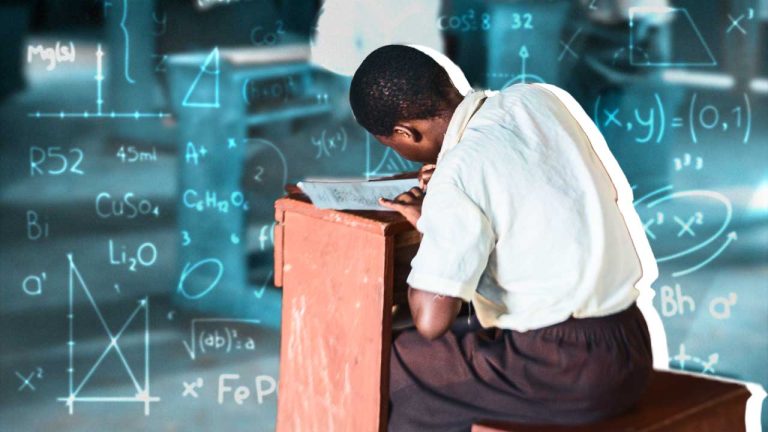Exploring Education in Uganda: What School Life Is Like
Understanding education in Uganda provides deep insight into how learning shapes communities and young people’s futures. Across the country, schools reflect a blend of colonial heritage, cultural traditions, and modern reform efforts. While access to education has expanded, many children still face obstacles related to infrastructure, cost, and inequality.
Colonial Legacy and Modern Development
The foundations of education in Uganda trace back to British colonial rule when missionary schools were established for a limited few. Education during that era emphasized religious instruction and basic literacy, leaving much of the population excluded. After independence, Uganda began using education as a tool for national development. The introduction of Universal Primary Education (UPE) in 1997 marked a transformative moment, opening classrooms to millions of children who had never attended school before. Enrollment increased dramatically, but the system struggled to maintain quality as resources and trained teachers failed to keep pace with the growing numbers.
Structure of the Ugandan Education System
Uganda’s education framework includes several stages. Primary education (P1–P7) covers seven years for children aged roughly six to thirteen. It focuses on literacy, numeracy, and life skills. Lower secondary school (O-Level, S1–S4) lasts four years and expands into academic and practical subjects. Upper secondary (A-Level, S5–S6) emphasizes specialization, allowing students to prepare for university or professional careers. Beyond that, tertiary institutions such as universities, colleges, and vocational schools offer degrees, diplomas, and certificates.
Unlike the semester model used in many Western nations, Uganda follows a trimester schedule. The academic year is divided into three terms of about three months each, with breaks between them. This rhythm provides regular pauses for both teachers and students to rest and prepare for upcoming sessions.
Boarding and Day School Options
Parents can choose between boarding schools, where students live on campus, and day schools, where learners commute daily. Boarding schools are common because they reduce travel time and provide structured routines, especially in rural areas where distances can be long. They foster independence and focus, allowing students to dedicate more time to study. Day schools keep children closer to their families and communities, strengthening home connections. Each model offers its own benefits depending on financial capacity, family structure, and personal preference.
Read Also
A Typical School Day in Uganda
A Ugandan school day begins early. In rural communities, children often wake at dawn to help with chores like fetching water, preparing breakfast, or caring for animals before heading to school. Classes typically start around 8 a.m. and run until late afternoon. Lessons alternate with short breaks for meals or recreation. Lunches are simple, usually beans and posho or porridge. Boarding school students return to evening prep sessions and organized activities before bed, while day students head home to assist their families and finish homework. Despite the long hours, education is viewed as a path to opportunity, discipline, and self-improvement.
Challenges Facing Education in Uganda
Even with progress, the education system faces persistent challenges. Public schools in Uganda are often overcrowded, under-resourced, and staffed by teachers who receive low pay and limited training. While UPE covers tuition, families still shoulder expenses for uniforms, books, and meals. These costs make schooling difficult to sustain for poorer households, leading to high dropout rates, especially among rural children.
Gender inequality remains a pressing issue. Cultural expectations and economic constraints often favor boys’ education, while girls face higher risks of early marriage, pregnancy, and household responsibilities that interfere with learning. Sanitation challenges and the lack of menstrual hygiene products cause further absenteeism among girls. Although the government and NGOs promote gender equality through awareness campaigns and scholarships, disparities remain visible in many districts.
Education and Empowerment at Ripples from the Well
Organizations like Ripples from the Well partner with private Christian schools to improve access to quality education. Instead of establishing new institutions, they collaborate with schools already operating within communities. Through these partnerships, students receive better facilities, smaller class sizes, and access to well-trained teachers.
Education at Ripples extends beyond academics. The program emphasizes moral and spiritual growth through Bible study, sports, music, and community engagement. Students learn leadership, teamwork, and problem-solving skills that prepare them for future challenges. This holistic approach helps nurture balanced, confident individuals capable of shaping positive change in their communities.
Reducing Vulnerability Through Education
Keeping children in school also protects them from social and economic risks. Education reduces exposure to child labor, trafficking, and exploitation by offering structure, awareness, and opportunity. Through school, children gain knowledge of their rights and learn to identify potentially harmful situations. Programs like Ripples from the Well give young learners the tools and confidence to make informed choices and support others around them.
The power of education in Uganda extends far beyond the classroom. It connects families, strengthens communities, and builds resilience among the next generation, ensuring that every lesson learned contributes to a more secure and hopeful tomorrow.

